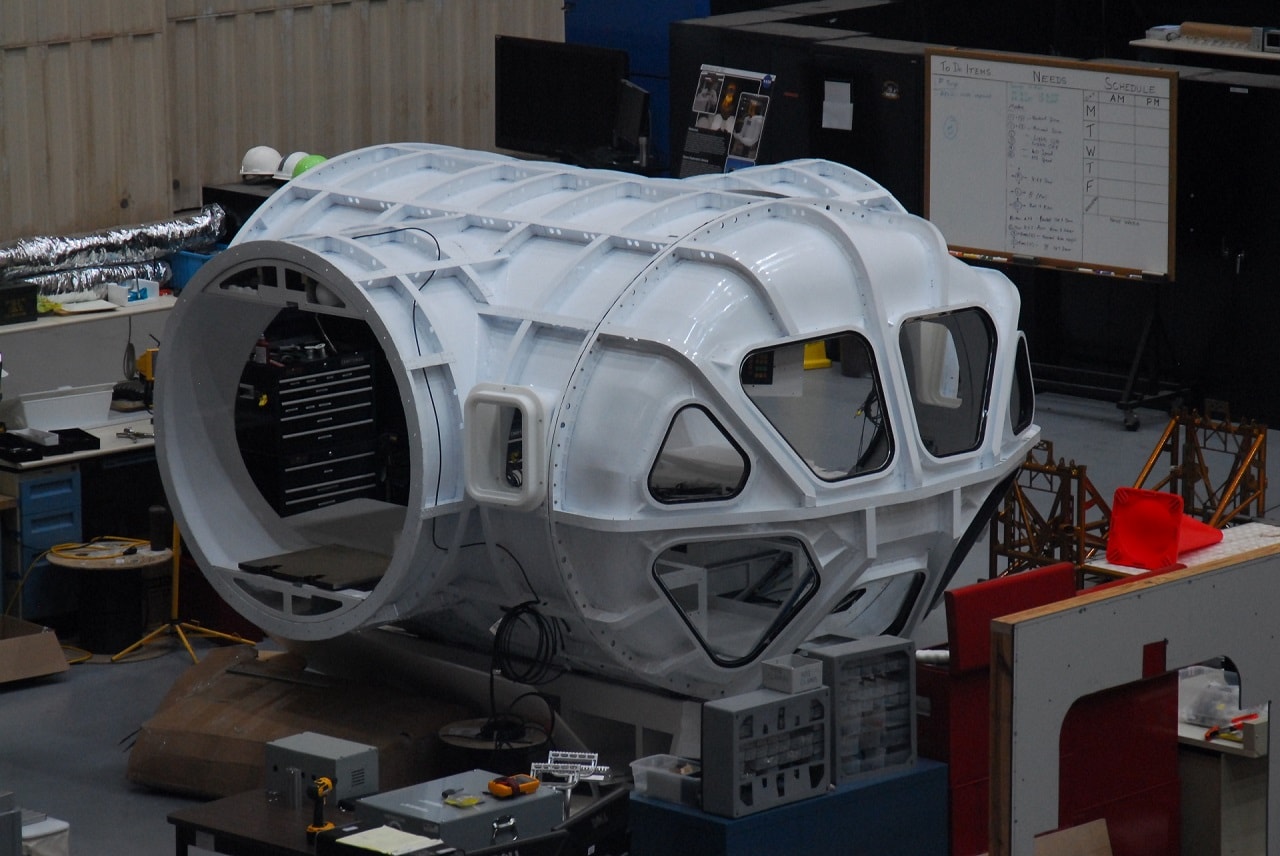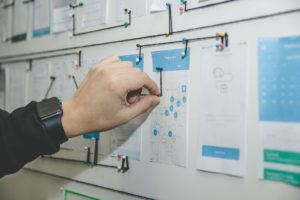Plastics are everywhere and used in just about everything. They’re so common, in fact, that you might think their design process is as simple as storing last night’s supper in a plastic container. The reality, however, is very different.
Successful plastic injection mold design requires much more than simply creating a 3D rendering and building a mold. With careful considerations to examine and an in-depth plastic prototyping phase that explores and validates part design to implement, producing a manufacturable part that is reliable, durable, and up to rigorous standards is no easy feat. Let’s explore.
Key Considerations on the Road to Prototyping Plastic Parts
When working in plastic, rapid prototyping is essential for understanding what works and what doesn’t. Without a reliable prototype, you might spend an exorbitant amount on mold tooling that doesn’t produce the desired results. Starting off on the correct foot pays dividends when your molds produce high-quality parts throughout a run.
Here’s a quick review of some rules you should consistently follow at this early stage.
Know Your Options for Rapid Plastic Prototyping
Prototyping occurs because producing an entire mold to validate a design would be expensive and time-consuming. This is where contemporary technologies come in.
For example, different forms of 3D printing are increasingly popular for prototyping plastic parts. 3D printing offers fast turnaround times and lower input costs to produce prototypes, making the method suitable for iterating on a design through multiple prototypes.
CNC plastic rapid prototyping is also popular. This method offers production speed similar to 3D printing by using computers to machine materials into shape. A unique benefit, however, is that you can often work with materials closer to what you’ll use in actual production, helping expose faults for correction and improvement.
Before you begin, know which one of these plastic prototyping methods is right for your budget and needs. It might be one or both used at different stages. Once you’ve selected a suitable method, you can dive deeper into important design elements that will influence the outcome of your project.
Remember That Materials Behave Differently
The materials you select will directly impact the ease of the molding process and the quality and reliability of the parts they produce. Choosing the appropriate resin should involve cost and ease of access considerations.
However, you must also consider the resin’s response to temperature stresses and how a resin may interact with other materials used in production. An experienced firm can help you select the appropriate materials for any project with an in-depth injection molding design guide.
Keep Edge Thicknesses in Mind
Edge thicknesses matter more than you might think. Preventing defects in the manufacturing process and ensuring the lowest number of rejects in every production run starts with clever component designs. At this stage, experienced plastics engineering guidance is invaluable to avoid common errors. For example, a prototype part with inconsistent wall thicknesses could be susceptible to developing voids and incomplete results.
Likewise, making corners and other weak points thick enough to counteract manufacturing stresses is essential. Corner thicknesses, for example, should fall within a range of 0.9–1.2 times the intended size of the part itself. Working with a plastic prototyping service will help validate your design and see whether you can obtain the appropriate thicknesses with the current form.
Don’t Overlook Gate Placement
Gate placement is easy to overlook at first but is an essential consideration. Because there are no set rules for where to place the entry points for molten plastic, planning becomes even more important. Your part should receive an adequate resin flow through the entire mold as quickly as possible. When liquid resins take time to penetrate the whole mold, defects are more likely to develop. Computerized mold flow analysis and prototyping in plastic are important tools to rely on at this stage.
Ensure a Smooth Mold Ejection
Use plastic prototyping services to plan designs that exit molds smoothly. When a mold separates, it should effortlessly eject the finished component. Otherwise, production can get bogged down, and the machine might even damage the parts. For example, the vertical angles of your component should approach a 1- to 2-degree taper to allow the part to exit the mold smoothly. Adding segments to the walls of the part that will pull the unit out of the mold is also useful. The final finishing processes make it simple to remove these excess portions.
Find Experienced Guidance With Reliant Plastics
It’s easy to see that several considerations go into creating easily manufactured plastic components. There are additional limitations and boundaries to consider beyond those detailed here. Determining what’s necessary to produce good products doesn’t have to be difficult, though. With a trusted partner such as Reliant Plastics, a plastic prototyping manufacturer in Texas, you can tap into a guided design process that results in molds and components that thoroughly meet your specifications. Learn more about how Reliant Plastics helps produce better part designs when you contact us today.




